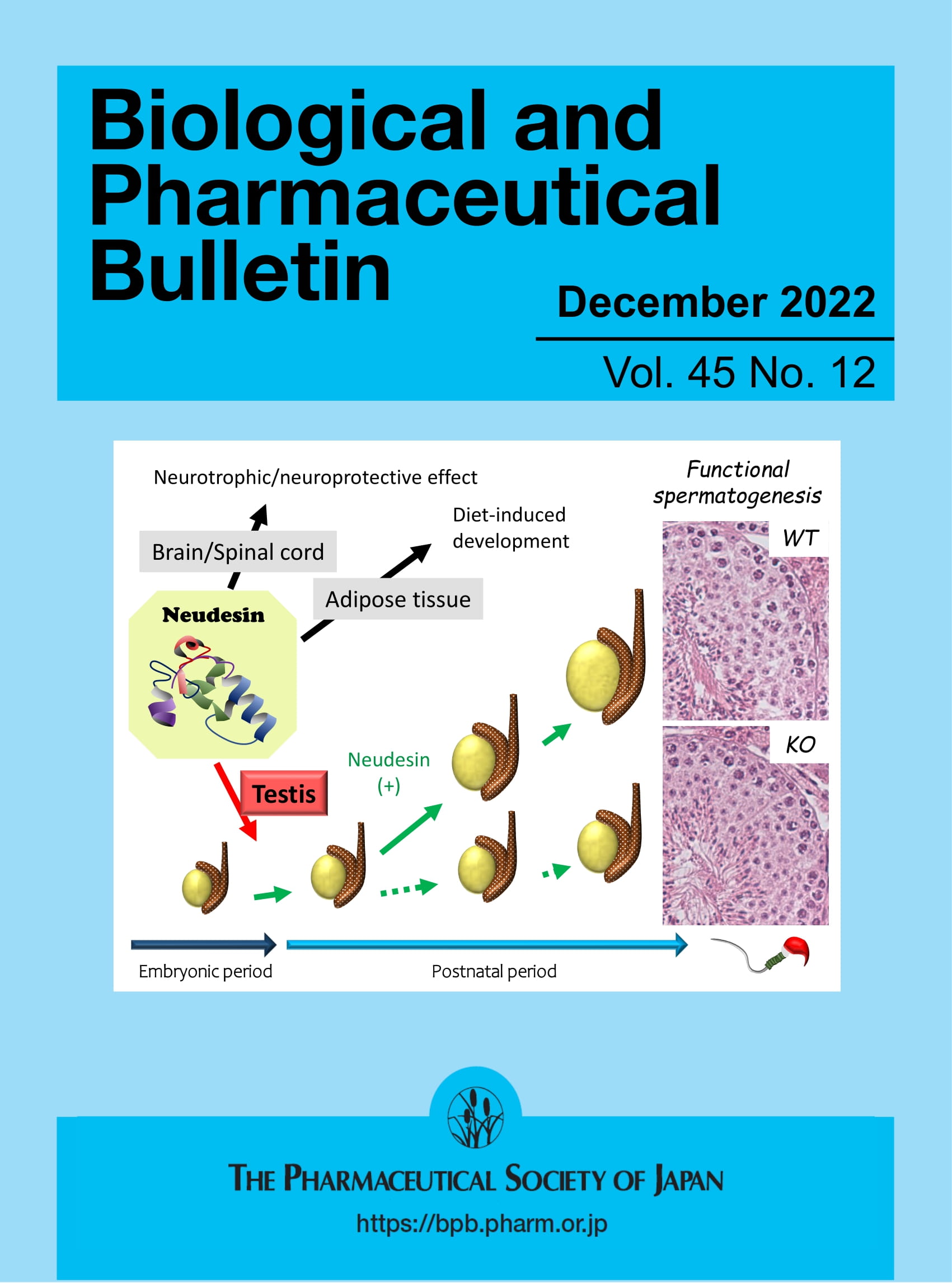A Simple Approach to Assign Disulfide Connectivity for Ziconotide via Partial Reduction Without Alkylation
Abstract
Rationale
Disulfide bond, an important post-translational modification in peptides or proteins, is of great significance for stabilizing the three-dimensional spatial structure of peptides and proteins, maintaining correct folding conformation, and regulating biological activity. The medicinal peptide with unexpected disulfide connectivity might not have efficacy, even induce immunogenicity. Therefore, it is of importance to assign disulfide connectivity for a peptide.
Methods
A relatively simple method based on partial reduction without alkylation was developed. For demonstration, ziconotide was chosen as a model establishing the method. After a partial reduction reaction by using tris(2-carboxyethyl)phosphine, the partially reduced ziconotide products containing one disulfide bond were analyzed by liquid chromatography tandem mass spectrometry. The information about the sequence uninvolved in the cyclic structure was obtained by tandem mass spectrometry, which reveals the connectivity of the disulfide bridges forming the cyclic structure.
Results
Based on the results of only two partially reduced products, accurate connectivity of all disulfide bridges in ziconotide was obtained. Six cysteine moieties present in a ziconotide molecule form three disulfide bonds, which could produce 15 possible disulfide isoforms with different disulfide connectivities. The actual disulfide connectivity was easily identified using this novel method.
Conclusions
A relatively simple method based on partial reduction without alkylation, followed by analysis with liquid chromatography–tandem mass spectrometry, was developed, assigning disulfide connectivity for a disulfide-rich peptide. This method is useful in the quality control of medicinal peptides with an extensive disulfide network.

 求助内容:
求助内容: 应助结果提醒方式:
应助结果提醒方式:


